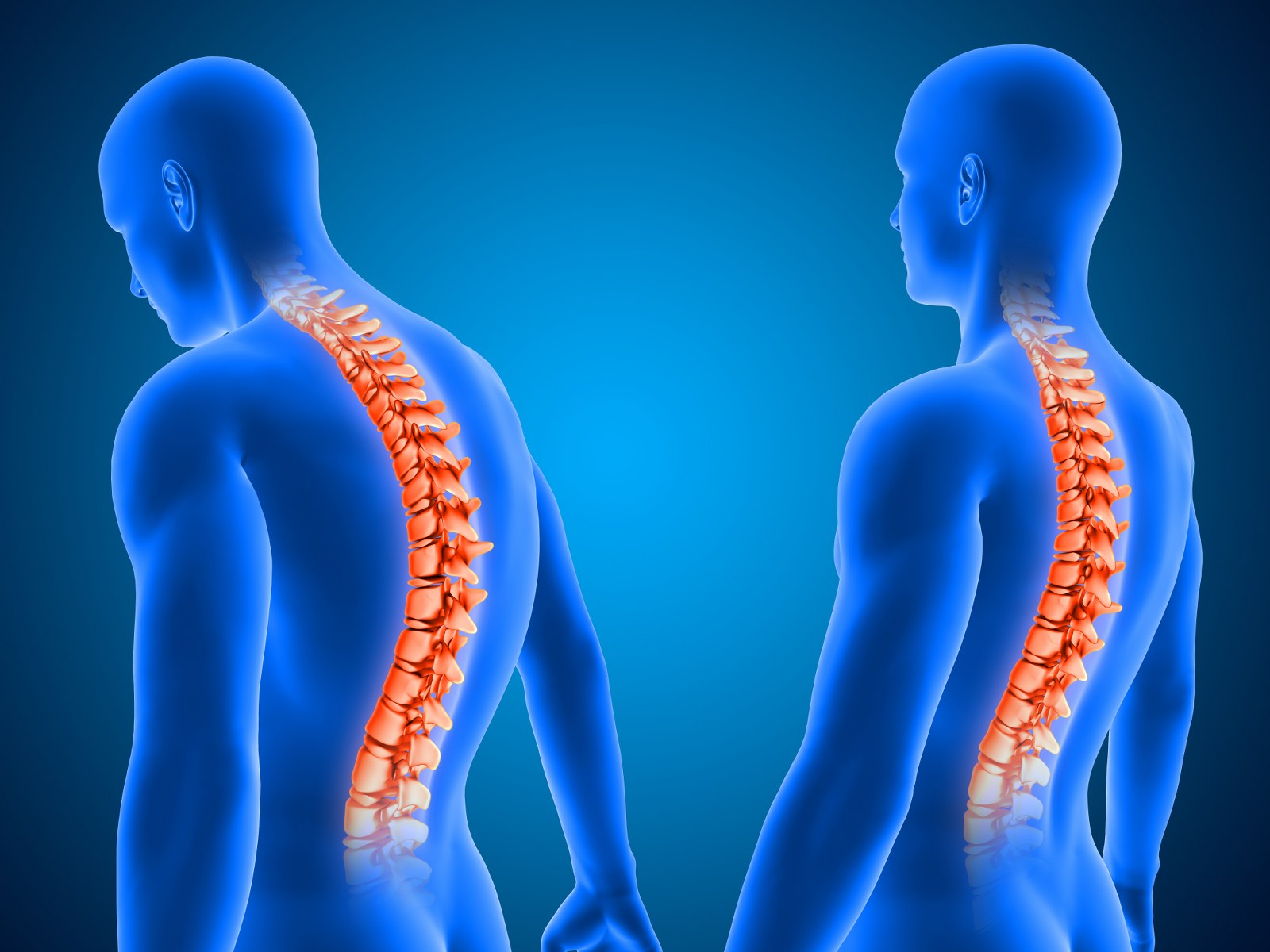Tailbone
The coccyx is a triangular, pointed bone just above the buttocks that forms the end of the spine. This bone is of great importance as it is the attachment point for many nerves and muscles. Nowadays, especially working sitting for long periods of time causes an increase in coccyx pain. In addition to sitting, if the patient has suffered a serious fall before, the distortion that occurs in the coccyx after the fall reduces the conduction of the nerves, since the direction of the nerves is relative to the bones. If the coccyx bone shifts to the right or left after a fall, it compresses the muscle because the bone is triangular and pointed. As a result of the lack of conduction and the bone compressing the muscle, patients may complain of hip pain, stinging and burning when sitting, pain starting from the middle of the hip and shooting downwards.
What is the Coccyx?
The coccyx is a triangular, pointed bone just above the buttocks that forms the end of the spine. This bone is of great importance as it is the attachment point for many nerves and muscles. Nowadays, especially working sitting for long periods of time causes an increase in coccyx pain. In addition to sitting, if the patient has suffered a serious fall before, the distortion that occurs in the coccyx after the fall reduces the conduction of the nerves, since the direction of the nerves is relative to the bones. If the coccyx bone shifts to the right or left after a fall, it compresses the muscle because it is triangular and pointed. The conduction is minimized.
What are the Tasks of the Coccyx in the Body?
Creating a place of attachment for nerves, muscles, tendons, ligaments.What Causes Coccyx Pain?
A blow from a fall or an accident.
Constant sitting.
Being overweight or too thin.
Trauma during childbirth.
Nerve compression
Pelvic floor dysfunction.
Levator syndrome
Infections, tumors, bone growths.
Diagnosis of Coccyx Pain
Previous pregnancies and birth experiences.
History of gastrointestinal problems.
Other muscle problems.
Your doctor may perform a pelvic and rectal examination to find the source of the pain and may order the following tests:
- X-ray
- Magnetic resonance imaging (MRI)
- Blood tests to rule out other causes such as infection or autoimmune diseases.
What is the right treatment for the coccyx?
Kuyruk sokumu hastalarına bütüncül bakış (holistik) açısıyla değerlendirme yapılması gerekir ve mutlaka fonksiyonel tıptan destek alınmalıdır. Her kuyruk sokumu hastasına aynı tedavi yöntemi uygulanılırsa başarı oranı çok düşük olur. Tedavi yöntemi hastalığın sebebiyet verdiği duruma, hastalığın derecesine ve evresine göre değişkenlik göstermelidir. İkinci tedavi yöntemi olarak, hasta ağrı olan bölgedeki kaslarını kastığı için kuyruk sokumu çevresinde bulunan doku ve kaslarda sertlik oluşur. Fizyoterapi ve rehabilitasyon ile bu dokuların ve kasların yumuşatılarak o bölgedeki kan akışımının hızlandırılması gerekir. Üçüncü tedavi yöntemi olan ve hastaya %80 ağırlıklı uygulama yapılması gereken tedavi yöntemi manuel terapidir. Fonksiyonel tıptan yararlanarak başlanan, fizyoterapi ve rehabilitasyon ile devam edilen tedavinin noktasını kemiğin daha düz bir hatta olmasını sağladığı için manuel terapi koymalıdır.-Fzt. Ramazan Burak Sezen
You can call our contact number for detailed information. +90 544 105 05 44The satisfaction of our patients who consult us is the equivalent of the promise that all the procedures performed are permanent.
Recovery Process
Anatomy Form is the maximum for all diseases requiring physical therapy. It performs 4 sessions of application. Noticeable healing process from the first session The treatment process does not interfere with the patient's social and work activity.

Our treatment success rate %90is over.
%100 we do not end session programs without results.
What are the Tasks of the Coccyx in the Body?
Creating a place of attachment for nerves, muscles, tendons, ligaments.
Being the insertion point of several pelvic floor muscles.
Supporting and stabilizing the person in a sitting position.
What Causes Coccyx Pain?
A blow from a fall or an accident.
Constant sitting.
Being overweight or too thin.
Trauma during childbirth.
Nerve compression
Pelvic floor dysfunction.
Levator syndrome
Infections, tumors, bone growths.
Diagnosis of Coccyx Pain
Previous pregnancies and birth experiences.
History of gastrointestinal problems.
Other muscle problems.
Your doctor may perform a pelvic and rectal examination to find the source of the pain and
may order the following tests:
- X-ray
- Magnetic resonance imaging (MRI)
- Blood to rule out other causes such as infection or autoimmune diseases
tests.
What is the right treatment for the coccyx?
Kuyruk sokumu hastalarına bütüncül bakış (holistik) açısıyla değerlendirme yapılması gerekir ve mutlaka fonksiyonel tıptan destek alınmalıdır. Her kuyruk sokumu hastasına aynı tedavi yöntemi uygulanılırsa başarı oranı çok düşük olur. Tedavi yöntemi hastalığın sebebiyet verdiği duruma, hastalığın derecesine ve evresine göre değişkenlik göstermelidir. İkinci tedavi yöntemi olarak, hasta ağrı olan bölgedeki kaslarını kastığı için kuyruk sokumu çevresinde bulunan doku ve kaslarda sertlik oluşur. Fizyoterapi ve rehabilitasyon ile bu dokuların ve kasların yumuşatılarak o bölgedeki kan akışımının hızlandırılması gerekir. Üçüncü tedavi yöntemi olan ve hastaya %80 ağırlıklı uygulama yapılması gereken tedavi yöntemi manuel terapidir. Fonksiyonel tıptan yararlanarak başlanan, fizyoterapi ve rehabilitasyon ile devam edilen tedavinin noktasını kemiğin daha düz bir hatta olmasını sağladığı için manuel terapi koymalıdır.
We are Preferred!
Anatomy Form does not use drugs, radiation, needles, scalpels or surgical methods!
Let us call you!
Leave your information and we will call you as soon as possible for detailed information!
